Hip Hinging- What is the Big Deal?
Hip hinging is a fundamental movement pattern that helps us maintain good posture, reduces back pain, and enhances overall movement. Regularly performing hip hinges trains you for the movements of daily life, improves core and lower body strength, and promotes hip stability and mobility, which are impaired with consistent prolonged sitting.
What is hip hinging?
Hip hinging is bending forward from the hip joint while maintaining a neutral spine. It’s a controlled movement that engages your glutes and hamstrings, while keeping your spine stable and neutral to minimize the strain at your low back. The ability to hip hinge requires a high level of body awareness and motor control, allowing coordination between your core stabilizers and your gluteal muscles.
It is a key movement pattern used in many everyday activities like: picking things up from the ground, getting out of a chair, raking leaves or shoveling snow, washing your face, loading the dishwasher, hiking or running uphill, lunging, and squatting movements.
So, how does hip hinging work?
Hip hinging promotes the ability to isolate movement at your hips from movement of the spine. It reinforces good posture by maintaining a neutral spine and teaches your body how to move efficiently by bending at the hip and using your powerful glute muscles. Having good form during this movement improves hip range of motion, optimizes overall performance, and reduces the risk of injury.
In sports, a proper hip hinge will improve power and movement efficiency in jumping, running, and throwing.
Exercises that focus on hip hinging, such as deadlifts and bridging, promote strength, stability, and proper movement mechanics in the glutes and hamstrings, and engage the stabilizing muscles of your hips and core to promote balance and power.
Hip hinging is so important that we have two posts about it! Look at one of Refuge Physiotherapy’s earliest blogs for images and detailed instructions on how to begin hip hinging with a pole, progress to a loaded kettlebell or dumbbell hinge and finally into a barbell deadlift.
An easy way to start hinging? Try a bridge with a slow return back down to the ground. The bridge position teaches your body how to isolate the hip hinge movement.
The most common injuries related to hip hinging are lower back strains and sprains. These can occur due to improper form, adding too much weight, or moving through the exercise too quickly.
Let’s get stronger and learn to move properly in order to build resilience and achieve health! Schedule an appointment with Refuge Physiotherapy to improve your back strength and hip hinge mobility.
